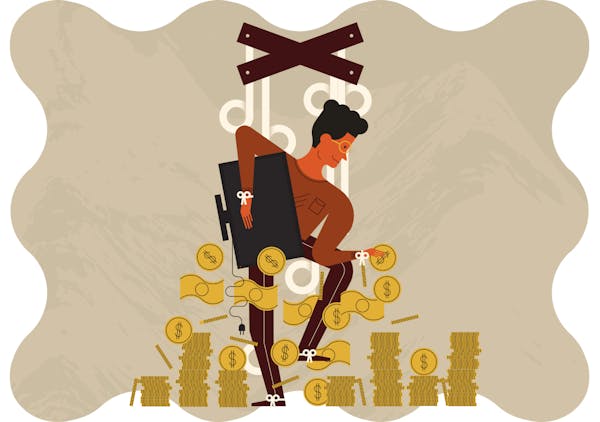The NFL's Super Bowl has become the one night of the year advertisers know people actually want to watch commercials.
And for the past few months, creative agencies and brands spent countless hours —and millions of dollars — producing commercials they hoped would create buzz during last night's game between the Kansas City Chiefs and San Francisco 49ers.
Many brands shelled out big money casting A-list celebrities to endorse their products, like Verizon with singer Beyonce or State Farm with action star Arnold Schwarzenegger. However, it was the commercials featuring everyday people — who made us laugh and cry — that wont the night, a pair of local ad experts said.
"I felt like there were fewer dogs, fewer babies, fewer tug at the heartstrings and more just, you know, flashing the celebrity at you and just kind of hoping that that would carry the spot," said Neil Goodspeed head of media at Minneapolis-based Carmichael Lynch.
He and Marty Senn, Carmichael Lynch's chief creative officer, said that in an effort to standout, many of the ads were too elaborate or celebrity-heavy, which muddled the message.
"I think some people got a little too tricksy," Senn said. "Cameos, cameos and cameos and twists and turns every single second of the spot, and I just don't know if that's the environment where people can track it all the way through to the end."
Given it's the Super Bowl, celebrity cameos are expected, Goodspeed said. The issue, however, is thinking "flashing the celebrity at you" would carry the campaign, he said.
"For me, a lot of the celebrities was maybe a cover for 'Let's play it safe, let's make sure that we're likable,'" Goodspeed said. "Our brand is going to be remembered as funny and likeable but not necessarily sharing something about the brand or making you think something. The takeaway might be a little bit to the celebrity and not as much the brand."
As for what worked well, here's what Senn and Goodspeed placed at the top.
Hershey's Reese's Caramel Cup
In this ad, Reese's announces a big change to its peanut butter cups, which sends a home full of friends into a frenzy, until they are assured they will like the change.
Senn: I will admit to being somewhat of a fan of Reece's Peanut Butter cups to begin with, but I thought they did a nice job of just tapping into that idea of "No, don't change it." It's fine to change it and they had fund with that."
Dove's Hard Knocks
Dove partnered with Nike to create a body confident sport program for girls. Nearly 45% of girls drop sports by age, and it's tied to self-image.
Goodspeed: I thought it was a really good way to use that platform to talk about girls in sports and why they don't continue based on body images and body confidence than just getting injured or that it's hard to play. I thought it was a really smart way to do that juxtaposed to the NFL and violence and machismo and all that kind of stuff, but at a time when the audience that's watching is very dual.
Etsy's Gift Mode
How do you return the favor when France gifts you the Statue of Liberty? Nineteenth-century Americans had to come up with something on the spot, using Etsy.
Senn: I thought it was such a simple, nice away to say what Etsy is really good for. It starts with "Oh crap, that's a nice gift," which I just think is great. It brings that in a really nice way. I was drawn more to the one that just had really simple ideas versus the big bombastic celebrity filled spots.
Google Pixel's Javier in Frame
To show how it's guided frame feature works on the new Google Pixel smartphone, Google uses the perspective of a visually impaired man.
Goodspeed: I thought that was really a smart way to demonstrate a product feature and a new way of using that phone that also made you feel something about their journey. And it wasn't silly teenagers taking selfies and stuff. It was an actual heartwarming story about why that product matters.
New York City turns to AI-powered scanners in push to keep guns out of the subway system
North Carolina regulators says nonprofit run by lieutenant governor's wife owes the state $132K


